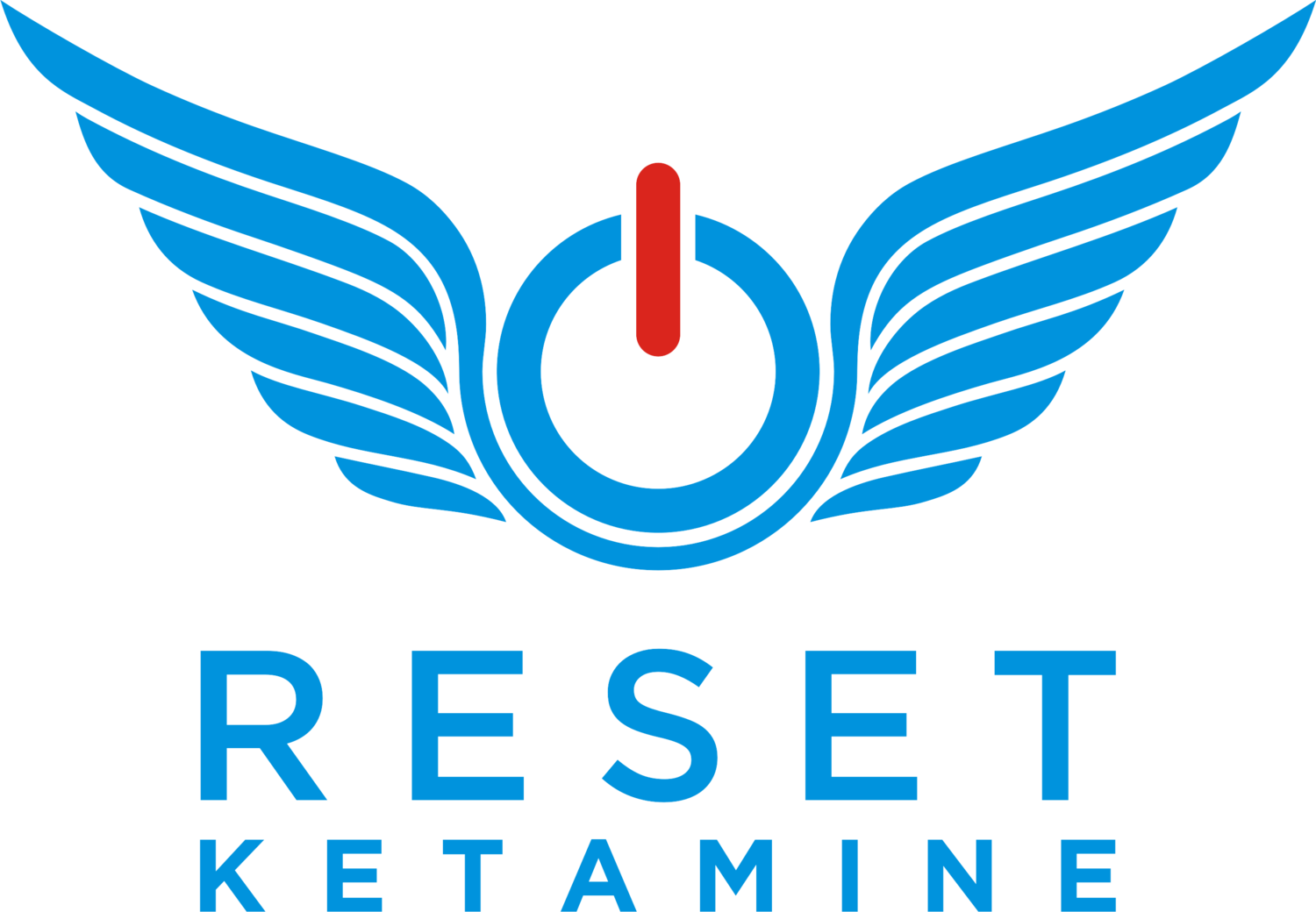Synopsis: Nervous about whether a stellate ganglion block hurts? In this blog, we break down what the procedure actually feels like, what to expect during and after treatment, and how discomfort compares to everyday medical procedures. If you’re considering SGB for PTSD, anxiety, or long COVID symptoms, this guide will help ease your concerns.
Does It Hurt to Get a Stellate Ganglion Block?
Perhaps you’ve been researching treatments for PTSD or looking for a procedure to address anxiety, insomnia, or long COVID symptoms. Along your online research journey, you may have come across stellate ganglion blocks (SGB) and now you have a new question:
Does getting a stellate ganglion block hurt?
The short answer is: it can be uncomfortable—but most patients find the experience very manageable. When asked to rate the discomfort on a scale of 0 to 10 (with 10 being the most painful), most patients describe it as a 1, 2, or 3.
In this blog post, we’ll walk you through what the SGB procedure feels like, what to expect during and after the treatment, and whether it's truly uncomfortable.
What the procedure feels like: With numbing cream and a small ultrasound-guided needle, most patients feel only mild pressure or warmth—pain is typically minimal and brief.
What To Expect During the Stellate Ganglion Block Procedure
Here’s what you can expect during the procedure:
First, a topical numbing cream is applied to the skin. After that, a second, smaller needle is used to find the appropriate location for the injection.
At this stage, you might feel a small pinch or a slight burning sensation. This is similar to what you might experience when receiving local anesthetic at the dentist’s office. Once the area is numb, the anesthetic is carefully injected near the stellate ganglion, a bundle of nerves located in the neck, using a special ultrasound-guided needle.
You may feel some pressure or a warm, spreading sensation in the area. But thanks to the numbing medication, pain is usually minimal. The injection itself only lasts a few minutes, and most patients report little to no pain beyond mild, brief discomfort.
After the SGB: Mild side effects like hoarseness, droopy eyelid, or throat tightness are common—but temporary. Most resolve within 4 to 24 hours
What to Expect Immediately After the Procedure
So what happens right after the SGB? After the procedure, you may experience some temporary soreness or mild bruising at the injection site. It's also common to notice a slight hoarseness in your voice or a sensation called globus (that feeling like there’s something stuck in your throat).
In addition, your eye on the treated side may appear droopy or red. These symptoms are temporary and typically resolve within 4 to 8 hours, and in most cases, everything returns to normal within 24 hours.
So, is the discomfort worth it? Many patients say yes - finding that the potential benefits of SGB, such as relief from PTSD symptoms, anxiety, or chronic stress overload, far outweigh the brief discomfort of the procedure.
If you’re concerned about pain, it’s always a great idea to talk with your doctor. They can walk you through each step and address any specific concerns you may have.
Let’s Bottom Line It: Does It Hurt?
So let’s wrap it up. Does an SGB hurt? Yes, there may be some mild discomfort, but it’s short-lived and thanks to the numbing medication, pain is usually very minimal.
Most patients say that if you can handle going to the dentist for a cavity, this procedure feels even easier. And any soreness afterward? It’s temporary and typically resolves within a day or two.
If you enjoyed this blog post, check these out too:
Stellate Ganglion Blocks Explained: A Guide for New Patients
Learn how the stellate ganglion block can relieve PTSD and anxiety symptoms by resetting the nervous system. Explore benefits and what to expect.
Stellate Ganglion Block for PTSD: What It Is, How It Helps, and What to Expect
Curious about the stellate ganglion block for PTSD? This blog breaks down how it works, what to expect before and after the procedure, and who may benefit most. We’ll also explore how SGB fits into a comprehensive treatment plan alongside other therapies like ketamine.
Stellate Ganglion Blocks for Hot Flashes: A Non-Hormonal Alternative
Hot flashes and night sweats can be frustrating, especially if hormone therapy or medications aren’t the right fit for you. This blog explores Stellate Ganglion Blocks (SGBs) as a promising non-hormonal alternative for managing vasomotor symptoms, explaining how they work, what to expect, and who might benefit from this treatment.







